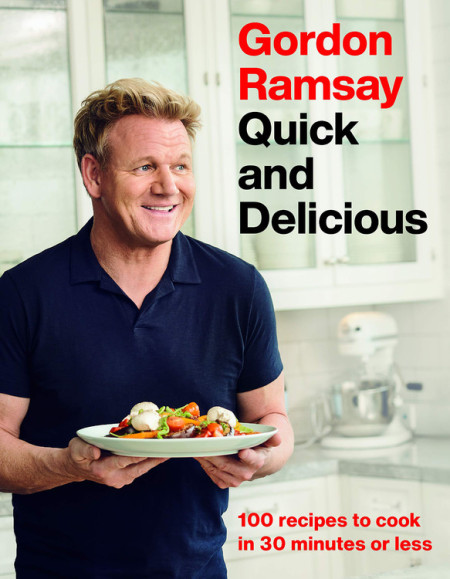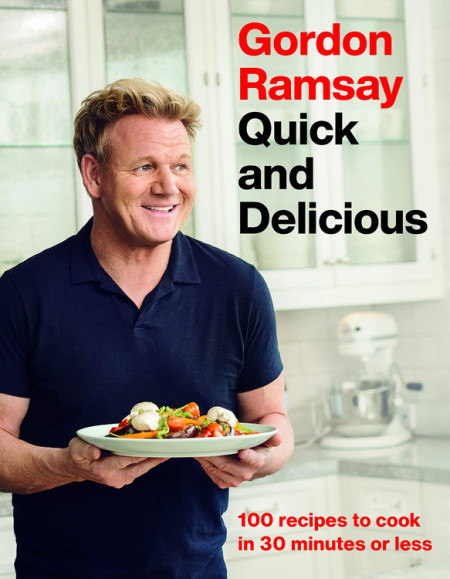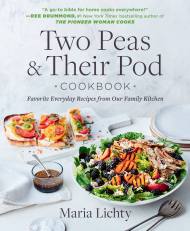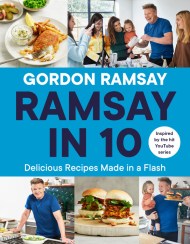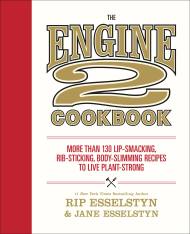Promotion
Use code MOM24 for 20% off site wide + free shipping over $45
Gordon Ramsay Quick and Delicious
100 Recipes to Cook in 30 Minutes or Less
Contributors
Formats and Prices
Price
$65.00Price
$82.99 CADFormat
Format:
- ebook $65.00 $82.99 CAD
- ebook $15.99 $20.99 CAD
- Hardcover $32.00 $40.00 CAD
This item is a preorder. Your payment method will be charged immediately, and the product is expected to ship on or around September 29, 2020. This date is subject to change due to shipping delays beyond our control.
Also available from:
Create chef-quality food without spending hours in the kitchen — these are the recipes and straightforward tips you need to make good food fast.
With unlimited access to recipes, why does anyone need another cookbook? Because not all recipes are born equal. Not all of them have been created by a global superstar chef who has built his reputation on delivering the very best food — whether that’s the ultimate fine dining experience at his 3 Michelin-star Restaurant, Gordon Ramsay, or the perfectly crafted burger from his Las Vegas burger joint.
Over the course of his stellar career, Gordon has learned every trick in the trade to create dishes that taste fantastic and that can be produced without fail during even the busiest of days. Armed with that knowledge, he has written an inspired collection of recipes for the time-pressed home cook who doesn’t want to compromise on taste or flavor.
The result is 100 tried and tested recipes that you’ll find yourself using time and again. All the recipes take 30 minutes or less and use readily available ingredients that are transformed into something special with Gordon’s no-nonsense approach to delicious food.
Genre:
- On Sale
- Sep 29, 2020
- Page Count
- 256 pages
- Publisher
- Grand Central Publishing
- ISBN-13
- 9781538704707
Newsletter Signup
By clicking ‘Sign Up,’ I acknowledge that I have read and agree to Hachette Book Group’s Privacy Policy and Terms of Use
